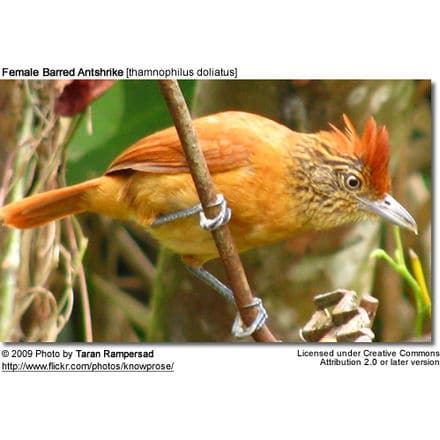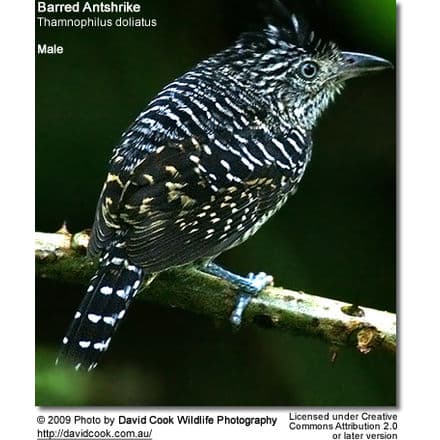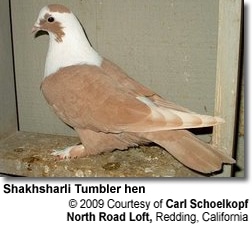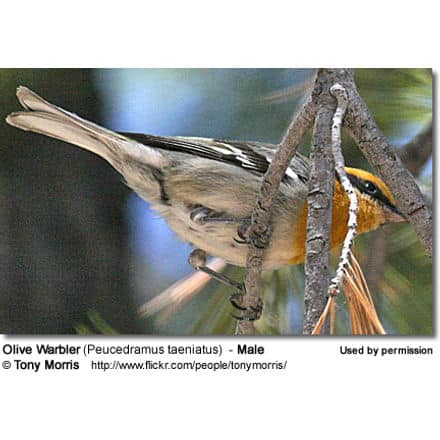Barred Antshrikes
The Barred Antshrikes, Thamnophilus doliatus, is a passerine bird in the antbird family. It is found in the Neotropics from Mexico, through Central America, Trinidad and Tobago, and a large part of South America east of the Andes as far south as northern Argentina, Bolivia and Paraguay. It is found in a wide range of wooded habitats (even gardens and parks) in both humid and arid regions.
Throughout a large part of its range, it is among the most common antbirds.
Antbird Information … Antbird Species
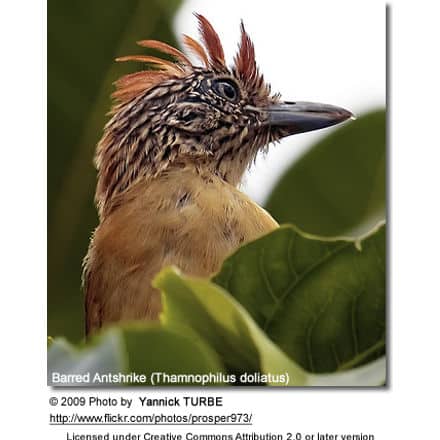
Description
The Barred Antshrikes is typically 16.5 cm long, and weighs 25 g.
The male is barred all over with black and white, and has a white-based black crest that is raised in display.
The female is rufous above with a chestnut crest. The sides of her head and neck are streaked with black, and the underparts are rich buff.
The subspecies vary primarily in the overall darkness and the amount of barring and hue of the underparts. For example, in the Tobagoian race T. d. tobagensis males are whiter below, and females darker, than in the nominate subspecies.
The most distinctive subspecies is capistratus of the Caatinga in north-eastern Brazil, where males have uniform black crown (no white barring to the base) and females have streaked throat and faintly barred belly. It is also the only subspecies where the iris is deep maroon-red (not yellow). It has recently been suggested that it should be considered a separate species, the Caatinga Barred Antshrike.
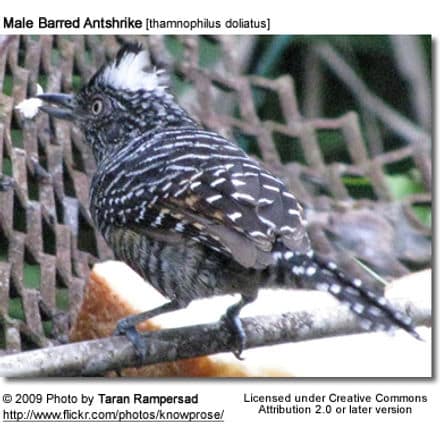
Behavior
It is typically found as territorial pairs. The female lays two purple-marked creamy white eggs in a deep cup nest in a shrub, which are incubated by both sexes for 14 days to hatching. The chicks fledge in another 12-13 days.
Barred Antshrike is an insectivore which feeds on ants and other arthropods at or near the ground; it sometimes follows columns of army ants, and will take small lizards and berries. It is a skulking species, which may be located by its chuckling hu-hu-hu-hu-hu-hu song, often performed as a duet by a pair of birds, or a growled graaaaa.
References
- BirdLife International (2004). 2006 IUCN Red List of Threatened Species. IUCN 2006. Retrieved on 12 May 2006. Database entry includes justification for why this species is of least concern
- ffrench, Richard (1991). A Guide to the Birds of Trinidad and Tobago (2nd edition ed.). Comstock Publishing. ISBN 0-8014-9792-2.
- Hilty, Steven L (2003). Birds of Venezuela. London: Christopher Helm. ISBN 0-7136-6418-5.
- Assis, C. P., Raposo, M. A., Stopiglia, R., and Parrini, R. (2007). Validation of Thamnophilus capistratus Lesson, 1840 (Passeriformes, Thamnophilidae). The Auk 124(2): 665–676
